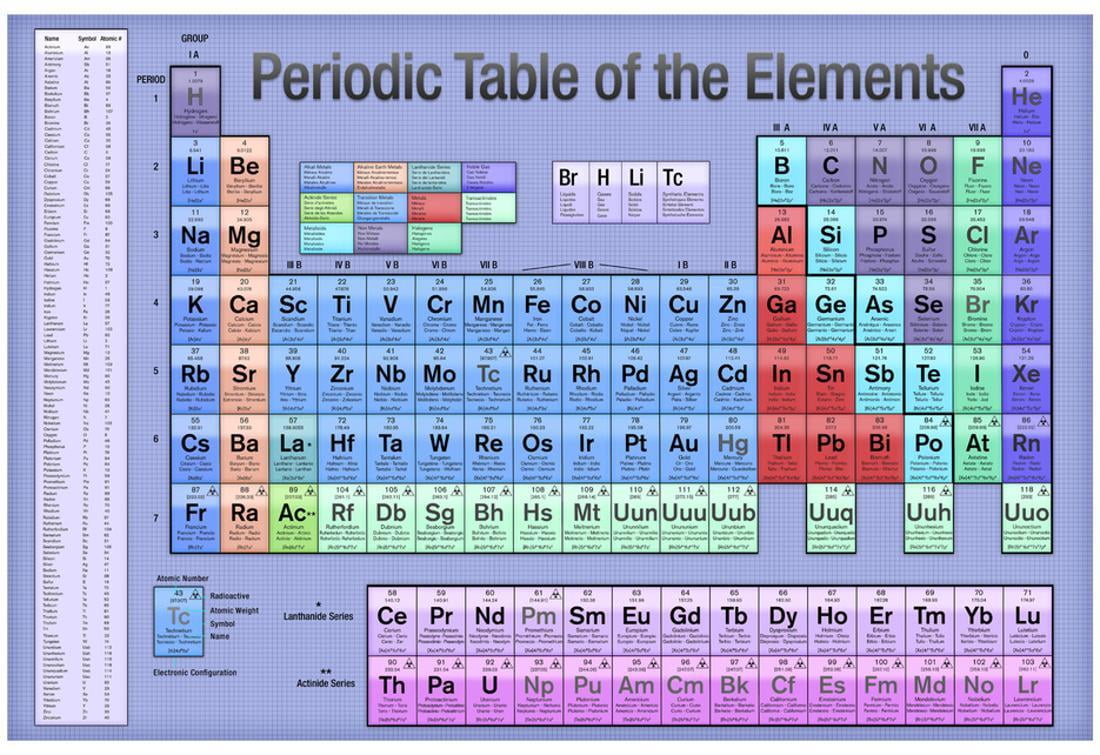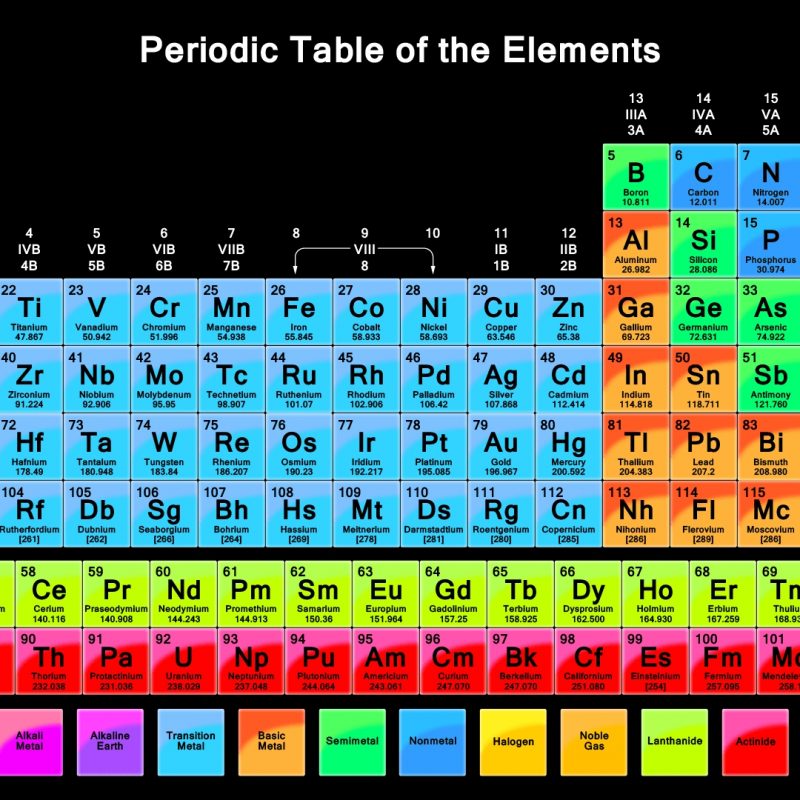

The first such system emerged in two years. It helped spur creation of more extensive systems. In 1860, the modern scientific consensus emerged at the first international chemical conference, the Karlsruhe Congress, and a revised list of elements and atomic masses was adopted.

Even though Amedeo Avogadro and, independently of him, André-Marie Ampère, proposed the solution in the form of diatomic molecules and Avogadro's law already in the 1810s, it was not until after Stanislao Cannizzaro's publications in late 1850s when the theory began to be widely considered. the illustration by Dalton above), because only monatomic gases were believed to exist. "Chemically analogous elements arranged in increasing order of their atomic weights formed well marked groups of three called Triads in which the atomic weight of the middle element was found to be generally the arithmetic mean of the atomic weight of the other two elements in the triad.Īll those attempts to sort elements by atomic weights were inhibited by the inaccurate determination of weights, and not just slightly: carbon, oxygen and many other elements were believed to be half their actual masses (cf. In 1829, he found that he could form some of the elements into groups of three, with the members of each group having related properties. In 1817, German physicist Johann Wolfgang Döbereiner began to formulate one of the earliest attempts to classify the elements. In 1815, British physician and chemist William Prout noticed that atomic weights seemed to be multiples of that of hydrogen. Dalton's atomic theory was adopted by many chemists during the 1810s and 1820s. In 1808–10, British natural philosopher John Dalton published a method by which to arrive at provisional atomic weights for the elements known in his day, from stoichiometric measurements and reasonable inferences. However, Lavoisier's descriptions of his elements lack completeness, as he only classified them as metals and non-metals.ĭalton (1806): listing the known elements by atomic weight While many leading chemists refused to believe Lavoisier's new revelations, the Elementary Treatise was written well enough to convince the younger generation. He classified these substances into metals and nonmetals. Lavoisier's list also included ' light' and ' caloric', which at the time were believed to be material substances.

Lavoisier's book contained a list of "simple substances" that Lavoisier believed could not be broken down further, which included oxygen, nitrogen, hydrogen, phosphorus, mercury, zinc and sulfur, which formed the basis for the modern list of elements. Lavoisier defined an element as a substance whose smallest units cannot be broken down into a simpler substance. In 1789, French chemist Antoine Lavoisier wrote Traité Élémentaire de Chimie ( Elementary Treatise of Chemistry), which is considered to be the first modern textbook about chemistry. In 1661, Boyle defined an element as "those primitive and simple Bodies of which the mixt ones are said to be composed, and into which they are ultimately resolved." The discovery of phosphorus helped to raise the question of what it meant for a substance to be an element. He kept his discovery secret until 1680, when Anglo-Irish chemist Robert Boyle rediscovered phosphorus and published his findings. In 1669, or later, his experiments with distilled human urine resulted in the production of a glowing white substance, which he called "cold fire" ( kaltes Feuer). Brand tried to discover the philosopher's stone-a mythical object that was supposed to turn inexpensive base metals into gold. The first person in recorded history to discover a new element was Hennig Brand, a bankrupt German merchant. The history of the periodic table is also a history of the discovery of the chemical elements. Hennig Brand, as shown in The Alchemist Discovering Phosphorus


 0 kommentar(er)
0 kommentar(er)
